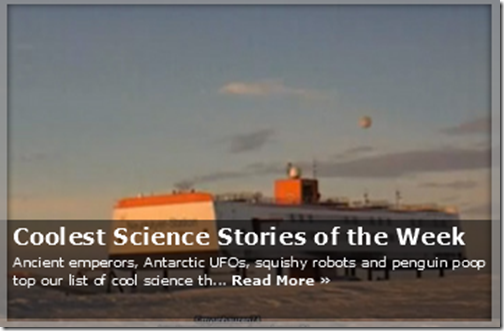
Cool Science - Ancient emperors, Antarctic UFOs, squishy robots and penguin poop top our list of cool science this week. Guess what else we found!
11. The Secret Tomb of China's 1st Emperor
Buried deep under a hill in central China, surrounded by an underground moat of poisonous mercury, lies an entombed emperor who's been undisturbed for more than two millennia.
The tomb holds the secrets of China's first emperor, Qin Shi Huang, who died on Sept. 10, 210 B.C., after conquering six warring states to create the first unified nation of China.
10. Hunt Is on for Gravity Waves in Space-Time
Because black holes are impossible to see, one of scientists' best hopes to study them is to look for the ripples in space-time, called gravitational waves, that they are thought to create.
Gravitational waves would be distortions propagating through space and time caused by violent events such as the collision of two black holes. They were first predicted by Einstein's general theory of relativity; however, scientists have yet to find one.
9. Source of Mysterious, Pumice Raft Found
The source of an enormous floating mass of pumice spotted this week in the South Pacific Ocean off the coast of New Zealand has been discovered: NASA satellite images and other sleuthing science have pinpointed an erupting undersea volcano called the Havre Seamount as the culprit.
On Aug. 9, the HMNZS Canterbury ship observed the floating pumice "island" - measuring a whopping 300 miles (482 kilometres) in length and more than 30 miles (48 km) wide - along a voyage from Auckland to Raoul Island, New Zealand. A maritime patrol aircraft, RNZAF Orion, had seen the weird mass and reported it to this Royal New Zealand Air Force ship. Soon after, the HMNZS crew saw the thick mass of porous rocks.
8. Squishy, Colour-Changing Robot Created
A newly developed rubbery, octopus-like robot can change colours to hide or stand out in its environment.
Scientists at Harvard have recently begun developing flexible robots from elastic plastics and silicone rubbers that crawl along using compressed air forced in and out of many tiny channels running through its limbs. These soft robots, inspired by creatures such as starfish, worms and squid, can, in principle, squirm through obstacle courses that might prove challenging or impossible for rigid metallic robots.
7. Polar UFO?
A video taken of the Antarctic research station Neumayer-Station III appears to show what some are calling a UFO over the South Pole.
The video posted to YouTube seems to show a round, blurry object floating above the station on Aug. 10. Speculation has run rampant, with conspiracy theorists and UFO buffs swapping explanations ranging from government collaboration with aliens to a top-secret test of some new cutting-edge secret weapon.
6. Ichthyosaurs Got the Bends
Marine reptiles that cruised the planet's oceans millions of years ago may have suffered from their own version of the bends, studies of their fossils suggest. But scientists are in disagreement over why this happened.
Human divers today get the bends, or decompression sickness, when they surface too quickly from the high-pressure environment of deep water. Nitrogen bubbles form in the body and can cause immediate symptoms like joint pain and headaches. But the bends can also leave permanent scars, in the form of bone lesions from a disease called dysbaric osteonecrosis, or DON.
5. Fertile Gals Have All the Right Dance Moves
In a new meaning of "fertility dance," a woman's moves on the dance floor may reveal captivating clues about her current likelihood of getting pregnant.
Women in the fertile phase of their menstrual cycle are judged as more attractive dancers by men than are women in a less-fertile phase, a new study finds. The research suggests that ovulation is not as hidden in humans as scientists had once suspected, said study researcher Bernhard Fink of the University of Göttingen in Germany.
4. Egyptian Pyramids Found on Google Earth?
A self-described "satellite archaeology researcher" has garnered widespread media attention with claims that she has found two possible pyramid complexes in Egypt using Google Earth. But experts say her pyramids are nothing more than eroded hills infused with a heavy dose of wishful thinking.
Angela Micol, a North Carolina-based woman who blogs at Google Earth Anomalies, says she discovered the two clusters of mysterious, angular mounds in the Egyptian desert while surveying satellite images of the terrain using Google Earth, the virtual map program. In its coverage, Gizmodo asserts that the desert structures look as if they have been "very deliberately arranged," and that they "bear all the hallmarks of ancient pyramid sites."
3. Antarctic Moss Lives Off Penguin Poop
Verdant green carpets of moss that emerge during the brief Antarctic summer have an unusual food source, a new study reports: The mosses eat nitrogen from fossilized penguin poop.
Plant biologist Sharon Robinson, who has studied the mosses for 16 years, sought to find their nutrient source; Antarctic soil generally lacks nourishment for plants. "Most of the soil is very, very poorly developed; it's mostly just gravel," said Robinson, a professor at the University of Wollongong in New South Wales, Australia. For Robinson, establishing how the moss colonies grow is important because they serve as an indicator of the effects of climate change.
2. Bucket List and Man Cave Make New Dictionary
Credit: Dictionary words image via Shutterstock
You might have an "aha moment" or drop the "f-bomb" if you discover your "man cave" is "underwater." And, if you do, you'll be happy to know you can look all those words up in the latest edition of Merriam-Webster's Collegiate Dictionary. They, along with a number of other words that reflect the cultural and financial state of modern America, have been added to the dictionary.
Merriam-Webster's editors monitor the changing language and add new terms to the dictionary once those words come into widespread use across a variety of publications.
1. How Curiosity Will Taste Martian Rocks
For NASA's Curiosity rover, newly arrived on Mars, digging into the menu of minerals available on the Red Planet will take a robotic arm, a sleeve full of soil and a NASA-made tuning fork coupled with X-rays.
Curiosity, the centrepiece of the Mars Science Laboratory mission, touched down in Mars' Gale Crater Aug. 5 PDT. NASA plans to use the rover's Chemistry and Mineralogy (CheMin) experiment to explore the chemical composition of this area and figure out how it was formed - with an eye out for signs that Mars once had conditions suitable for life.

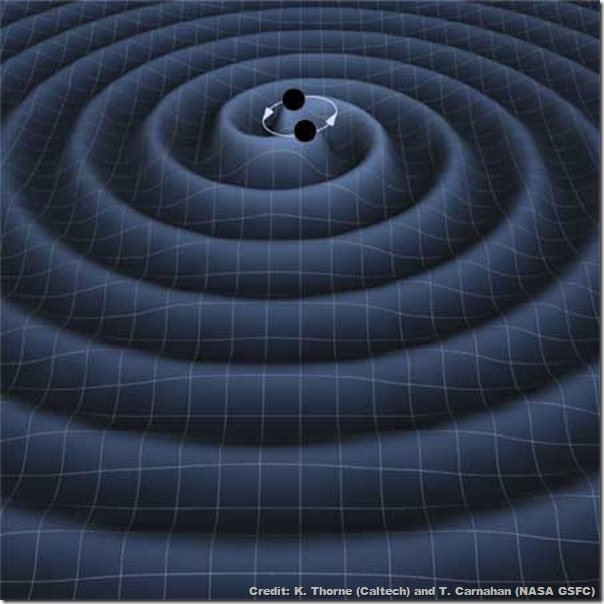
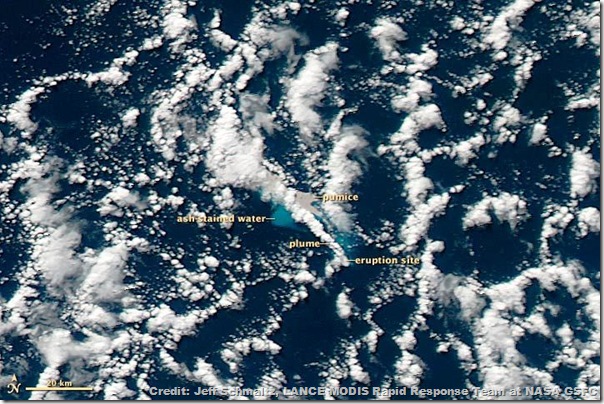
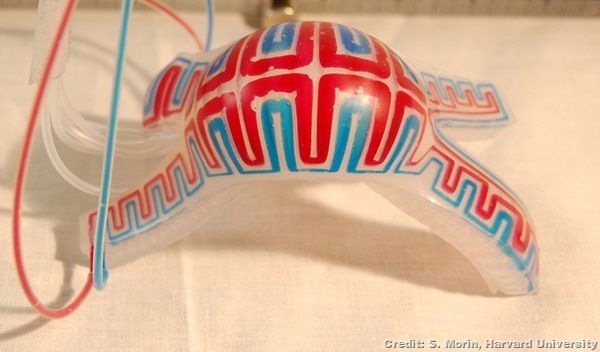

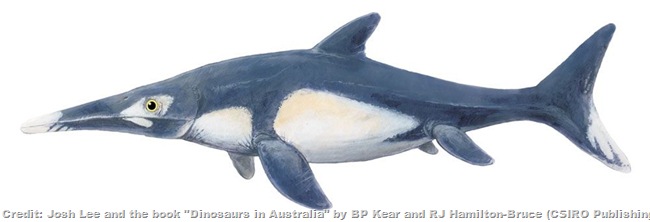

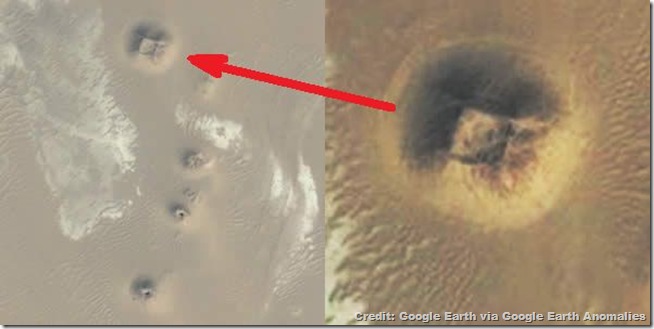
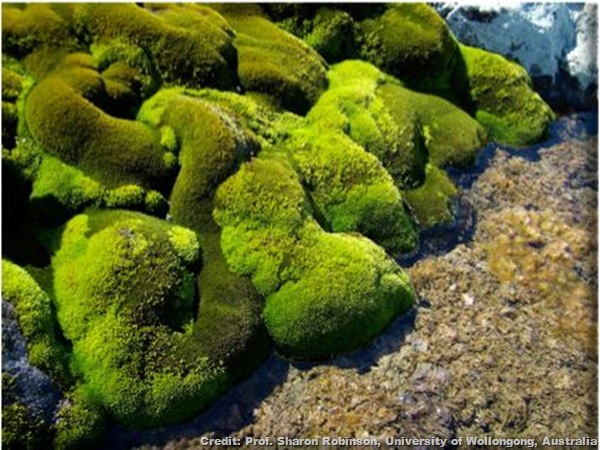

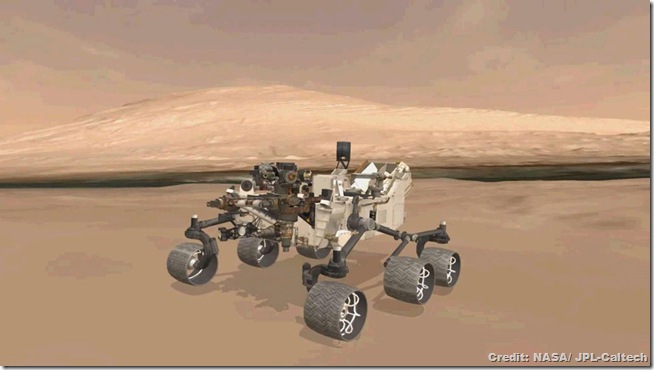
No comments:
Post a Comment
Please adhere to proper blog etiquette when posting your comments. This blog owner will exercise his absolution discretion in allowing or rejecting any comments that are deemed seditious, defamatory, libelous, racist, vulgar, insulting, and other remarks that exhibit similar characteristics. If you insist on using anonymous comments, please write your name or other IDs at the end of your message.